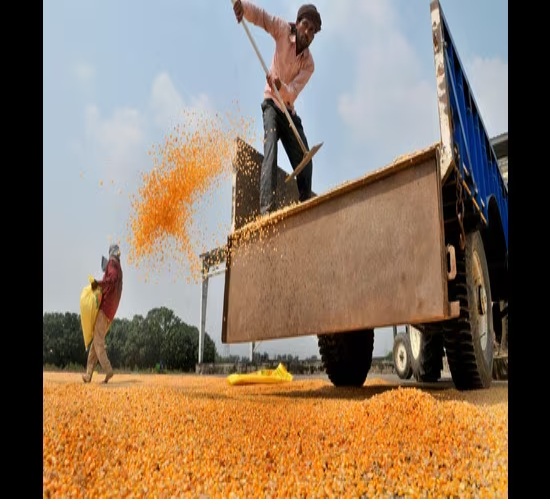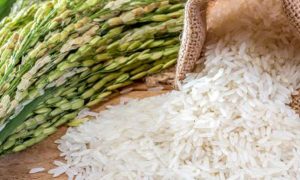India’s rice, wheat crops reduced by rats, wastage

New Delhi: Despite record rice and wheat harvests, India faces food security issues due to 10% crop loss from inadequate storage. Inflation hit a three-year high, with food prices surging. Devinder Sharma of Forum for Biotechnology and Food Security urges modernization of warehouses. Adani Enterprises seeks to expand storage, stressing private investment. State-run firms need 35mt more storage space. Post-harvest losses highlight the need for better infrastructure.
New Delhi: India’s record rice and wheat harvests may not be enough to ensure food security in the world’s second-most populous nation because about 10% of the crop is lost to pests or rots in inadequate warehouses.
Governments across Asia are clamping down on exports and encouraging imports of staple foods to secure domestic supplies, prevent social tension and ease inflation which is near a three-year high in India. Rice, wheat, corn and soya bean reached records this year. “I agree that post-harvest capacity needs to be given more focus,” Mishra said in New Delhi after announcing crop forecasts. “Some areas have good facilities and some areas don’t.”
The lack of silos and secure warehouses in India, the world’s second biggest producer of wheat and rice, is hindering government efforts to curb inflation, which has doubled in the last four months to 7.14% in the week ended 5 April, fuelled by a global spurt in food and commodity prices.
“It’s a problem of plenty and the government should modernize its warehouses and transportation system,” said Devinder Sharma, chairman of the New Delhi-based farm lobby group Forum for Biotechnology and Food Security. “There is a huge pressure because of international prices and now is the time to address this issue.”
Companies such as Adani Enterprises Ltd, the country’s biggest private farm goods exporter, may seek opportunities to expand storage capacities.
Adani has silos that store about 650,000 tonnes of wheat for state-run Food Corporation of India, the nation’s biggest buyer of foodgrain.fifthMAds
“The government should encourage private investments in creating infrastructure for handling of agricultural commodities,” Atul Chaturvedi, president of Adani Enterprises, said on Tuesday by phone from Ahmedabad, Gujarat. “In this scenario India can’t afford to lose crops.”
Rice, the staple food for half the world, has more than doubled to a record in the past year after countries including Vietnam, China, Egypt and India reduced exports to ensure local supplies and to control rising food costs.
Rough rice for July delivery rose as much as 2.3% to $24.745 (around Rs990) per 100 pounds (around 45 kg) in after-hours electronic trading on the Chicago Board of Trade and traded at $24.48 noon Singapore time. The contract has gained 77% this year.seventhMAds
India’s wheat output may climb to 76.8 mt this year, Mishra said. That’s more than the 74.8mt estimated in February and up from 75.8mt last year. Rice output may rise to a record 95.7mt from 94.1mt estimated on 7 February, he said. That’s 2.5% more than the 93.6mt produced a year earlier. State-run companies and cooperatives have the capacity to hold about 109.2mt and need an additional 35mt of space to fill the gap, according to a report prepared for India’s Planning Commission.
Of India’s total production, about 60% is retained and stored by farmers for consumption, use as seed and payment of wages to labourers, the report by the working group on agricultural marketing infrastructure and policy said. About 30% of total farm produce in India is stored in the open, resulting in wastage and distress sales.
The group has recommended spending Rs7,690 crore on on creating storage capacity of 35mt and another Rs15,710 crore to build a network of refrigerated stores to hold 4.5mt. Grains kept by farmers are typically stored in rooms, bamboo structures, wooden or mud bins and underground structures and are prone to damage by rats and insects, the group said.
Source Link: https://www.livemint.com/Money/fesi7FinLFgwgQz6EtntZK/India8217s-rice-wheat-crops-reduced-by-rats-wastage.html














